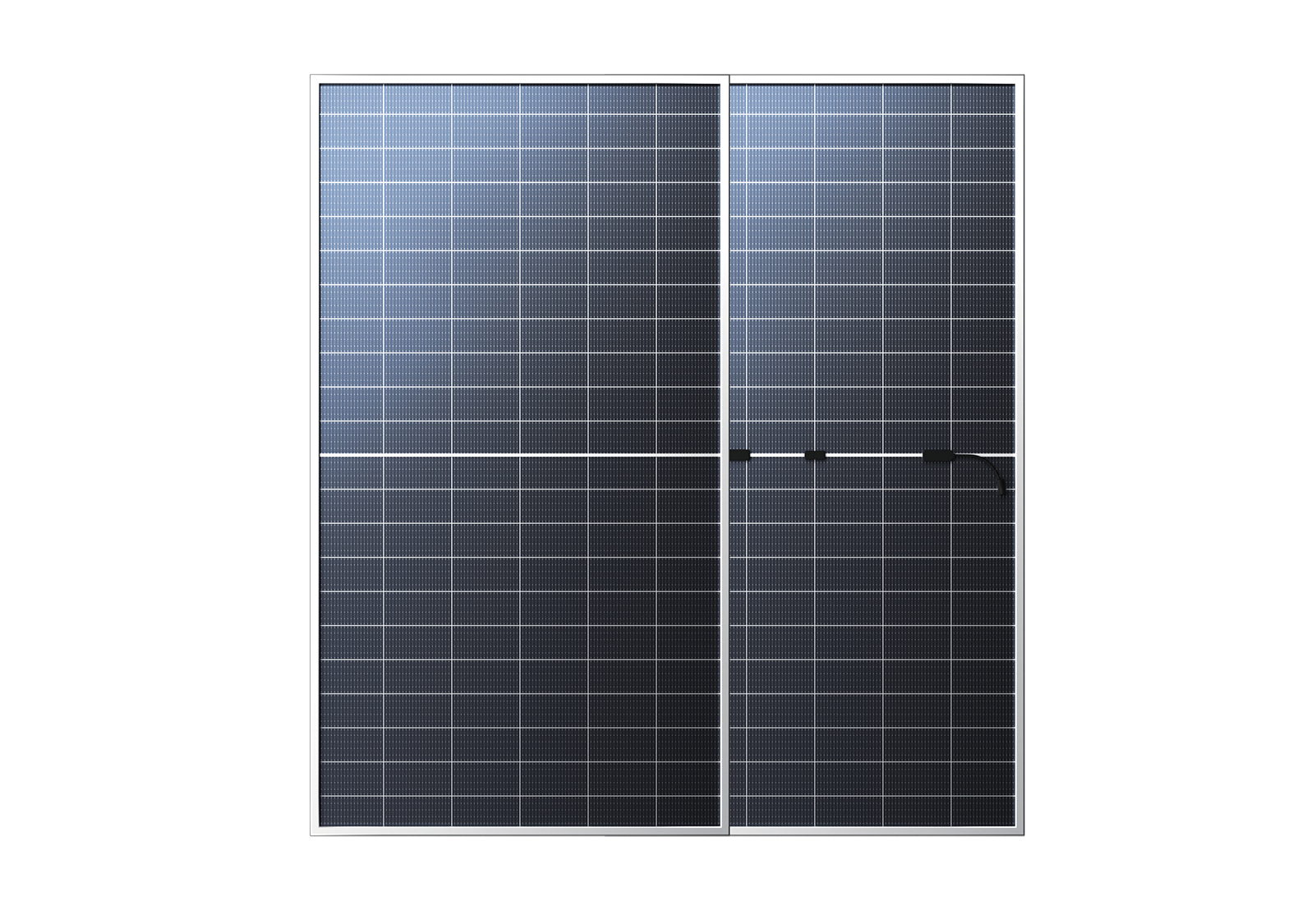
Leascend Photovotaic Technology Co.,Ltd
Leascend Photovoltaic Technology Co., Ltd (hereinafter referred to as “Leascend Photovoltaic”) founded in January 2023, is located in Economic Development Zone A, Danling County, Meishan City, Sichuan Province, in the core area of China's Green Silicon Valley (Leshan-Meishan). It is an innovation technological enterprise specializing in development and application of high-efficiency heterojunction (HJT) Solar cell technology, as well as large-scale manufacturing.
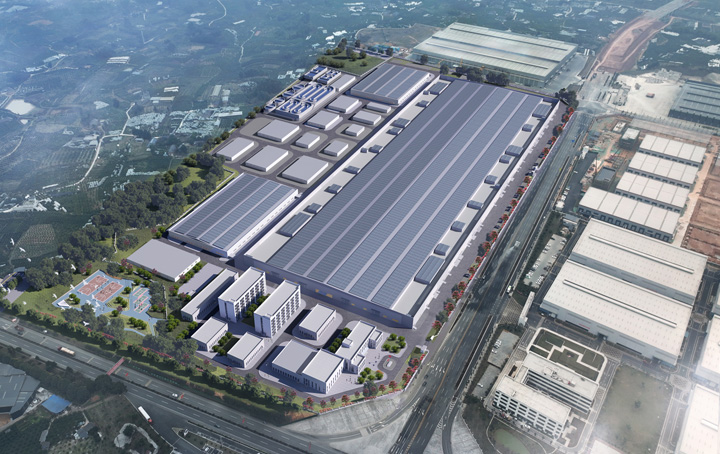

Leascend
Leascend Photovoltaic Technology Co., Ltd (hereinafter referred to as “Leascend Photovoltaic”) founded in January 2023, is located in Economic Development Zone A, Danling County, Meishan City, Sichuan Province, in the core area of China's Green Silicon Valley (Leshan-Meishan). It is an innovation technological enterprise specializing in development and application of high-efficiency heterojunction (HJT) Solar cell technology, as well as large-scale manufacturing.

HJT Technology
The heterojunction battery series products have the characteristics of high conversion efficiency, low temperature coefficient, high double-sided rate, and no PID/LID attenuation. They adopt a double-sided microcrystalline process, which has higher battery conversion efficiency and performance, and are compatible with various battery graphics (such as 12BB/15BB/18BB and OBB) products.






Latest News
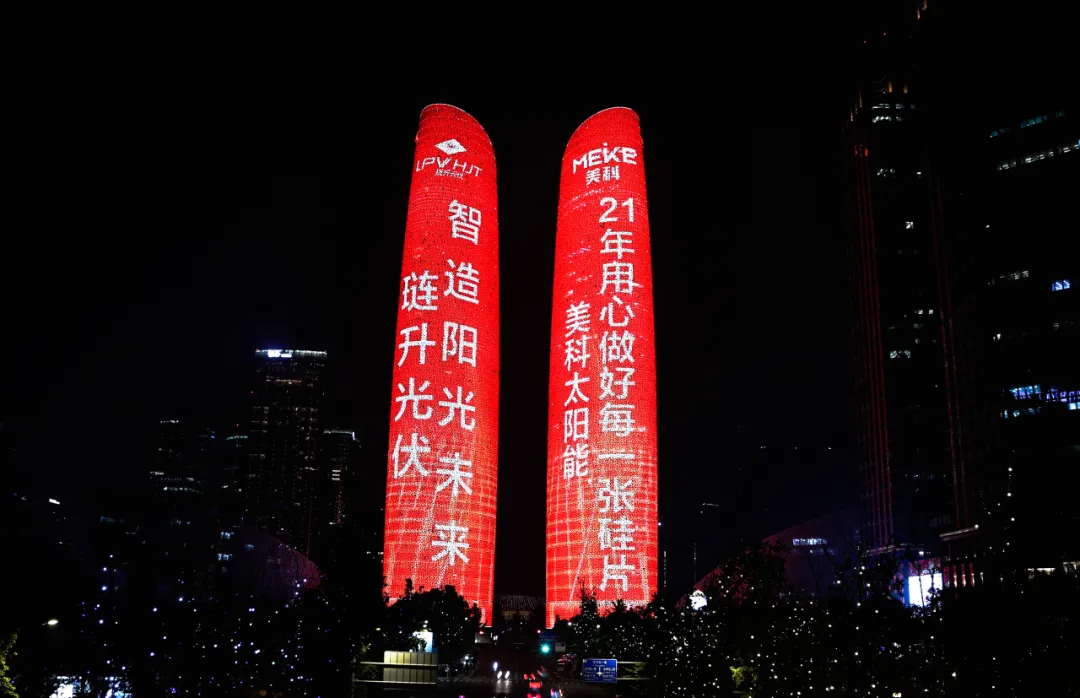
NEWS
2024年11月14日20点00分,素有西部金融地标美的中国天府国际金融中心双塔闪耀,通体的琏升光伏品牌形象正式点亮双子塔,闪耀城市夜空!在耀眼的灯光映射下,璀璨的双子塔如同炫丽的"流星”,一场璀璨灯光秀闪亮上演,吸引了众多市民驻
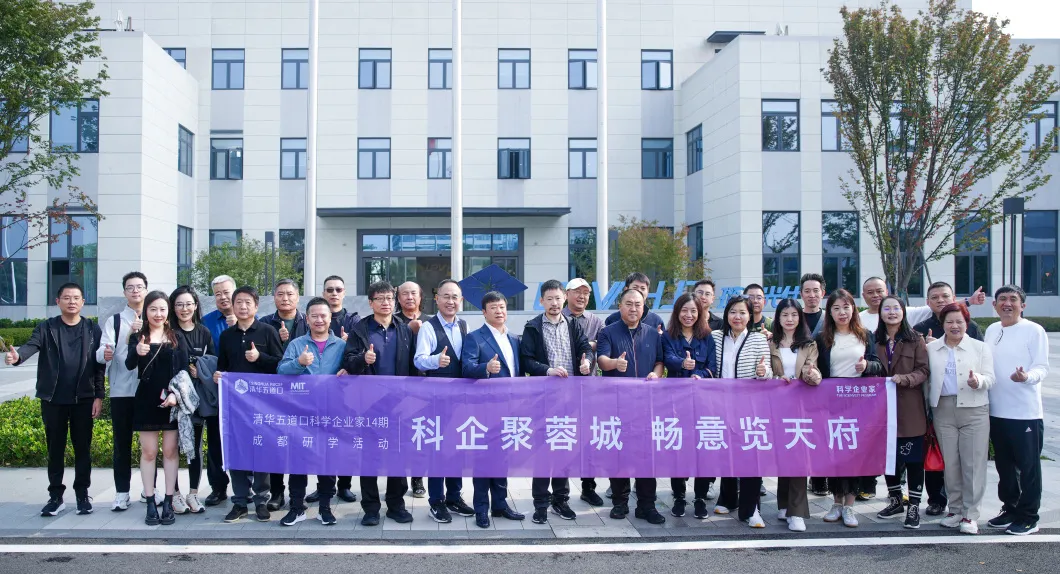
NEWS
11月2日,清华五道口科学企业家14期师生走进琏升光伏,开展研学活动,感受异质结制造企业的自主创新发展。期间,研学一行实地参观琏升光伏智能制造展厅,详细了解公司发展历程、智能制造应用、规划布局、在数据大屏面前实时查看琏升数智工厂的运行情况;
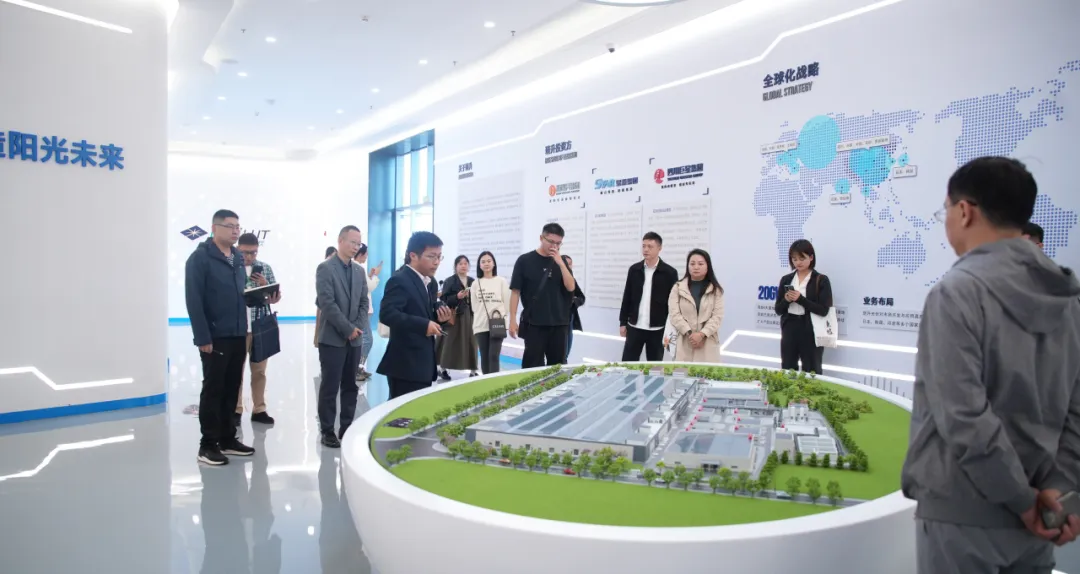
NEWS
10月25日,省政府新闻办举行“万千气象看四川”系列主题新闻发布会眉山专场,围绕“加快打造成渝地区新能源新材料制造基地、奋力建设成都都市圈高质量发展新兴城市”这一主题,介绍各方面情况,琏升光伏也在其中。在发布会举行之前,就已经有诸多媒体到访

